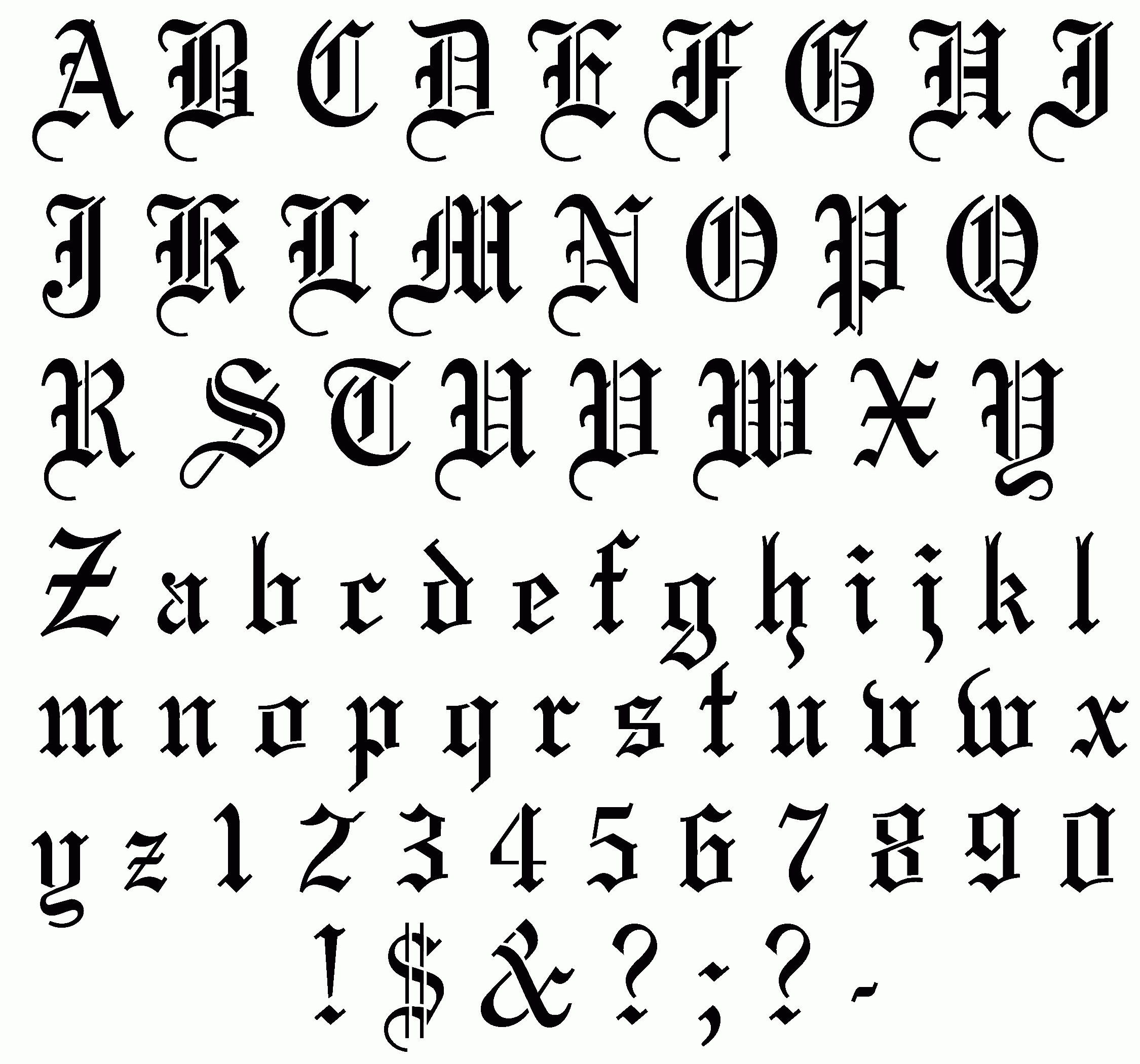

In the Modern English translation given by the author (by Benjamin Thorpe?), the 7's seem to correspond to and:ġ066 In this year the monastery at Westminster was hallowed on Childermas day (28 December). The author includes an image of this text on p.84, to which I've added some crudely drawn red arrows showing the locations of the putative 7's: On þyssum geare man halgode þet mynster æt Westmynstre on Cyldamæsse dæg 7 se cyng Eadward forðferde on Twelfts mæsse æfen 7 hine mann bebyrgede on Twelftan mæssedæg innan þære niwa halgodre circean on Westmyntre 7 Harold eorl feng to Englalandes cynerice swa swa se cyng hit him geuðe 7 eac men hine þærto gecuron 7 wæs gebletsod to cynge on Twelftan mæssedæg 7 þa ylcan geare þe he cyng wæs he for ut mid sciphere togeanes Willelme. The Peterborough version of the Anglo-Saxon Chronicle is reproduced on pages 83-84 alongside a Modern English translation, which the author has helpfully uploaded to their website:Īn. The same book includes various Old English passages with examples of these 7's. LO, praise of the prowess of people-kings of spear-armed Danes, in days long sped, we have heard, and what honor the athelings won! Oft Scyld the Scefing from squadroned foes, from many a tribe, the mead-bench tore, awing the earls.According to A History of the English Language: Revised Edition by Elly van Gelderen, p.53, in Old English the numeral 7 was used as an abbreviation for the word and:Ībbreviations are frequently used, e.g. Sample text in Old English (Prologue from Beowulf) The letter k was used only ever rarely and represented (never )ĭownload an alphabet chart for Old English (Excel speadsheet).The letters j and v were rarely used and were nothing more than varients of i and u respectively.s = initially, finally, or next to voiceless consonants, elsewhere.h = after front vowels, after back vowels, elsewhere.g (ʒ) = between vowels and voiced consonants, usually before or after a front vowel, after n, elsewhere.f = initially, finally, or next to voiceless consonants, elsewhere.ð/þ = initially, finally, or next to voiceless consonants, elsewhere.c = usually before or after a front vowel, elsewhere.Visigothic Script Old English pronunciation The letters g and w were introduced later by French scribes. Yogh originated from an insular form of g and wynn/wen came from a runic letter and was used to represent the non-Latin sound of.Today they can be substituted for g and w in modern writing of Old English. The alternate forms of g and w (yogh and wynn/wen respectively) were based on the letters used at the time of writing Old English.

These were not written originally used in Old English but are a more modern invention to distinguish between long and short vowels.

Their use ceased not long after the Norman conquest. They started to be replaced by the Latin alphabet from the 7th century, and after the 9th century the runes were used mainly in manuscripts and were mainly of interest to antiquarians. Anglo-Saxon runes were used probably from the 5th century AD until about the 10th century. This alphabet was an extended version of Elder Futhark with between 26 and 33 letters. Old English / Anglo-Saxon was first written with a version of the Runic alphabet known as Anglo-Saxon or Anglo-Frisian runes, or futhorc/fuþorc. Thereafter Old English script was increasingly influenced by Caroline Minuscule even though it retained a number of distinctive Insular letter-forms. From the 10th century Anglo-Saxon scribes began to use Caroline Minuscule for Latin while continuing to write Old English in Insular minuscule. A less formal version of minuscule was used for to write both Latin and Old English. The Anglo-Saxons adopted the styles of script used by Irish missionaries, such as Insular half-uncial, which was used for books in Latin. The other dialects were Mercian, Northumbrian and Kentish. Most texts were written in West Saxon, one of the four main dialects. Old English began to appear in writing during the early 8th century. Speakers of Old English called their language Englisc, themselves Angle, Angelcynn or Angelfolc and their home Angelcynn or Englaland. Old English was the West Germanic language spoken in the area now known as England between the 5th and 11th centuries.


 0 kommentar(er)
0 kommentar(er)
